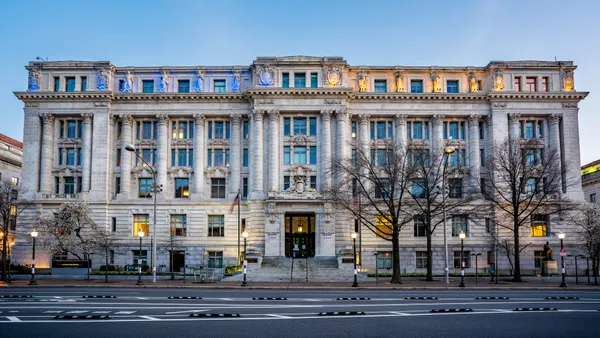Dive Brief:
- New York State Attorney General Letitia James’ office proposed a series of rules governing enforcement of New York State’s Section 396-R of the General Business Law, which restricts price gouging.
- The price gouging law prohibits businesses from using an “abnormal market disruption,” to take “unconscionably excessive pricing.”
- The proposed rules establish a presumption that price increases during a disruption beyond 10% are unconscionably excessive if they are not needed to preserve margins.
Dive Insight:
Dynamic menu pricing has emerged as a tool for restaurants to maximize profits during specific dayparts, with some experts saying it could become a common practice. The National Restaurant Association, in its State of the Industry 2023 report, claimed some 79% of adults have a favorable view of variable or dynamic pricing. The methodology used by the NRA is unclear, but other data tells a different story. Capterra’s survey of 901 U.S. consumers found 52% considered dynamic pricing to be price gouging, and 42% of consumers said this practice would reduce the frequency with which they’d eat out.
The proposed New York rules establish a formula for determining the baseline price of goods priced by dynamic pricing algorithms: the median price for the same good at the same time of day in the same area across the week before the market disruption. It applies to changes in pricing during abnormal market disruptions, caused by events including “stress of weather, convulsion of nature, failure or shortage of electric power or other source of energy, strike, civil disorder, war, military action, national or local emergency,” or states of emergency related to such events as declared by the governor.
The AG’s office cites COVID-19 as one of the emergencies which necessitated the proposed rules. New York’s COVID-19 state of emergency lasted from March 2020 to June 2021, when then Gov. Andrew Cuomo declared the emergency over. Gov. Kathy Hochul later renewed the disaster emergency on Nov. 26, 2021, before allowing it to lapse in September 2022. The duration of the COVID-19 state of emergency, and the frequency of natural disaster states of emergency, mean similar disruptions in the future could limit the dynamic pricing options available to restaurants.
While the proposed rule in New York is limited in scope, it may signal coming regulatory battles over pricing as inflation continues to eat at consumer disposable income.










